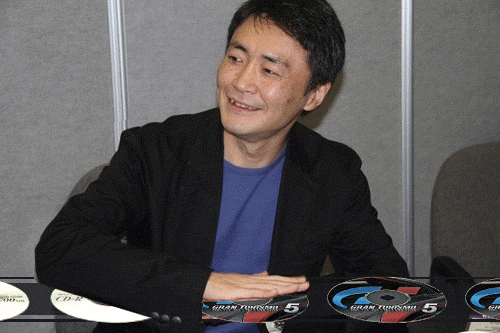Okay, so Nintendo aren't going to hire MS, but MS's successes do highlight that Nintendo could use emulation for BC if they wanted to (and were prepared to hire and spend on it).
I know that the cost / benefit thing about BC comes up often and I don't want to retread that conversation here, other than to say that Nintendo can have it while avoiding either adding a WiiU to their next system, or basing the next system around it. (Neither of which are very attractive propositions).
As long as Nintendo go for a reasonably fast device and include an optical drive (and second wireless connection?) they can approach their next gen box completely unencumbered and go for a completely fresh start. Which is a good thing, and perhaps overdue?
I don't know how Nintendo own "virtual console" performs against competing emulator, I know it doesn't support Gamecube or the Wii as this is covered by BC. Honestly if Nintendo is going in the right direction they should ease (if not help) the port of the existing emulators to its new system. If wish they could manage to land an agreement (with the proper parties) to sell old PS1 / PS2 / PSP / Saturn /Dreamcast so they can sell games of those platform online too. If they don't they can still sell emulators ala Google, it can be a Win / win situation for publishers of those games or they can chose to never see a pennie and have people to rely on illegal download...
Nintendo has fans they need to communicate with the community, help it, etc. They have to be the retro gaming king (or try).
Wrt to drives, I read again the IHS estimate for the XB1, there is 32$ and 37$ going into the optical drive and the HDD (supposedly 28$ & 37$ for the PS4). That is some serious money, you could pass on the HDD but that is extremely bothering nowadays for patches, on handheld the games is lesser and SD card serves the purpose of a HDD.
Toying with those IHS number one can see how fast you 200 $ if you include an optical and a hard drives. It the same trend in net-book, laptop, or mini desktop, manufacturers pass on HDD and optical drives: too costly.
Flash isn't very expensive at all. 16GB Flash sells for less than $5 for singles, retail, to consumer. Production cost is way below that, and still dropping. For game distribution you buy substantial volume, so what would cost be in the 2017-2025 time frame? Moreover, it allows tailoring the size of the media for the specific game. If it fits within 8GB, cost drops even further. If it needs 64GB, no problem. And it allows physical retail presence and distribution for those with slow network access or limited data plans.
8GB -16GB is not dramatic either,as games would sell at a higher price than 3DS game card, that still that is a lot of money and I would discard more than 16GB. I'm undecided wrt game card as whereas it costs way more it seems there really is a demand for that type of media, really plug and play, sturdy. DVD, BRD are mostly free, flash storage compares badly though I guess in sometime it is better to sell something than nothing.
Though say Nintendo pays 4$ a 16GB game card 2$ or 3$ for the SD card shipping with the console, whatever costs the game card ports and 2 SD card ports, it will take still take a while before whatever they could have saved using BRD will cover the expense of the HDD and optical disc player.
It saves a lot on a system, that is for sure and whereas Microsoft allowed at the end of the 360 era the use of USB key, Nintendo could include 2 SD card slots. Even though Nintendo would have to impose more constraints on publishers than MSFT and Sony do (day one huge patches), it can mean delayed games, etc and bother publishers though honestly I would agree as PC/Consoles practices are getting out of control.

